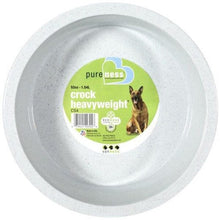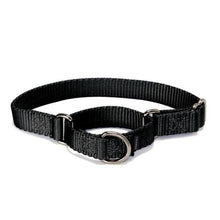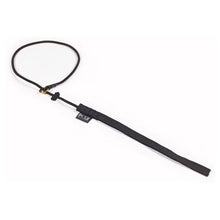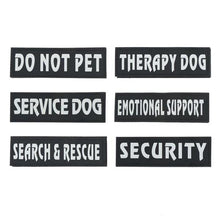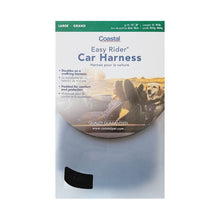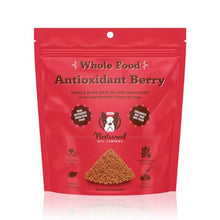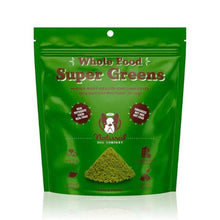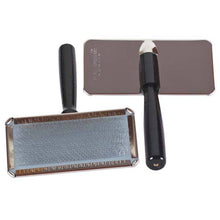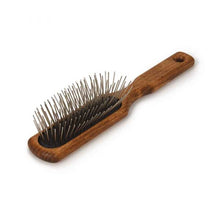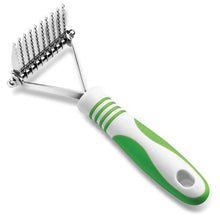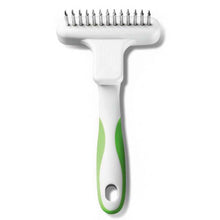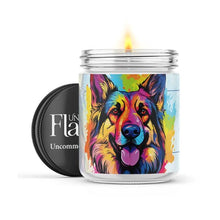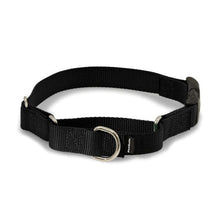How To Use Rewards In Training The Correct Way
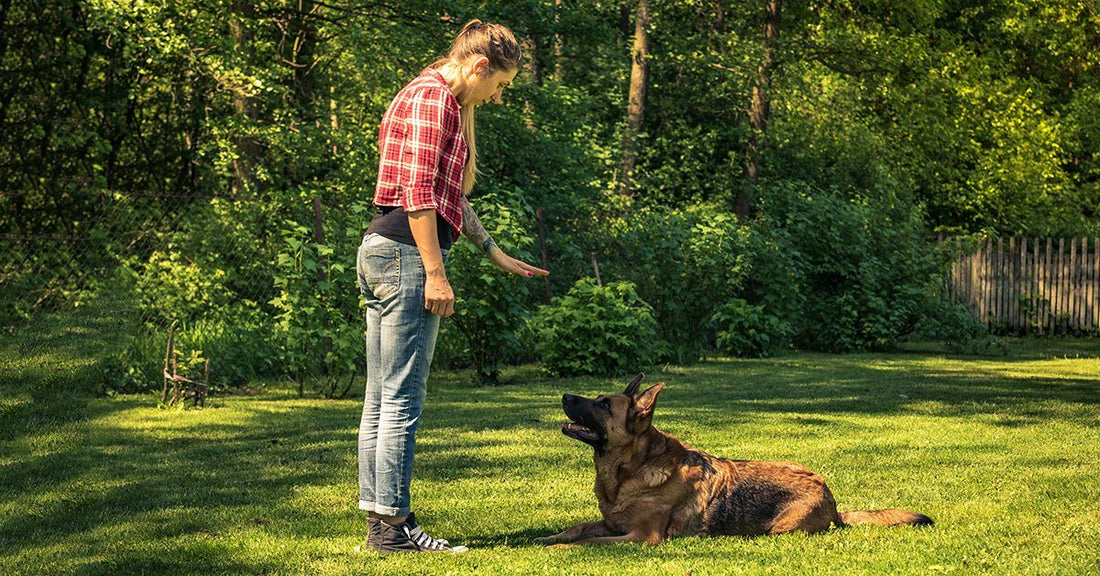
Offering a reward of any kind will be ineffective if you don't time it correctly. If you tell your dog to sit, then give him a treat 5 minutes later, you'd rightly assume the reward was too late and that he won't associate it with his obeying your command. But did you know that even 5 seconds is too long? Studies into marker training - a method of positive reinforcement that uses a marker word, or commonly, a click from a clicker; show that using a marker immediately as your dog completes an action, means that dogs learn faster. If you give your dog the command to sit, as soon as his butt touches the floor, mark the moment with a "Yes" or a click and then reward with food or a toy.
As a dog comes to understand what commands mean and what you're asking of him, you can spread out the rewards. Initially, you want to reward with food after each completion of each obedience command. After a dog knows what the command means, you might ask him to perform several repetitions before giving him a reward.
Dogs who never get a reward have no incentive to work. Dogs who always get a reward only have the incentive to work when hungry. Dogs who get rewards sporadically try harder. This training concept was first studied using pigeons who were rewarded with food for pressing a button. The group of birds who received food every time used the button when hungry, but the group who never received reward ignored the button completely. The group who were rewarded sporadically pressed the button more than either group. Further studies show that this concept works for multiple species, including dogs.
Using toys and food as a reward mixes things up and keeps training exciting. Food is best for shaping behaviors, luring and teaching new behaviors. Toys are most effective when practicing commands that your dog already knows. There are pros and cons to both rewards. Treats can be messy, and some dogs don't have much food drive. Toys are hard to use when first teaching behaviors and some dogs don't have a lot of drive for toys.
Try out different treats. Cooked steak, hot dog pieces, pieces of string cheese, commercially available treats etc. When you find 3 or 4 that your dog likes the most, mix them up and put them in a wearable treat bag. Treat bag/pouches are the way to go. Pulling a package out of your pocket takes too long. And carrying treats in your pocket makes a mess.
Try out different toy rewards. You can technically use whatever you like, but a ball on a rope or a tug are the most effective and most portable. You can also put these in a vest pocket or belt worn bag. I've noticed that most dogs prefer a ball, but if you can get a dog on a tug, it's easier to control and games of tug can be more intense and therefore, more interesting and rewarding.



